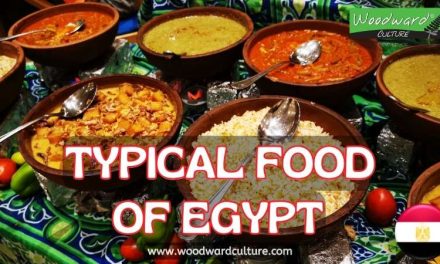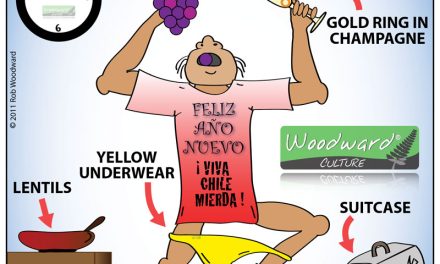Being such a long country (4,270 km or 2,647 miles of coastline) stretched over a variety of landscapes (from deserts to glaciers), Chile has a vast range of tasty food options.
Yet, every now and then you will hear a foreigner say that Chilean food is boring.
Well, I’d like to say that whoever says Chilean food is bland or boring isn’t eating at the right places! OK, so it isn’t spicy, and sometimes doesn’t often have those interesting concoctions that explode the taste buds in your mouth but still, I LOVE Chilean food.
What you will find is that you need to try some traditional meals outside of the typical restaurants dotting Santiago and the touristy places (which are only ho-hum). Have you ever tried a real curanto that has just come out of the ground in Chiloé? It’s nothing like the one they make in a pot. The wet earthen smells and smoky tastes are next level!
There are of course some eating habits that take some getting used to but it is all a part of the idiosyncrasies of Chile and what makes it so different and interesting.
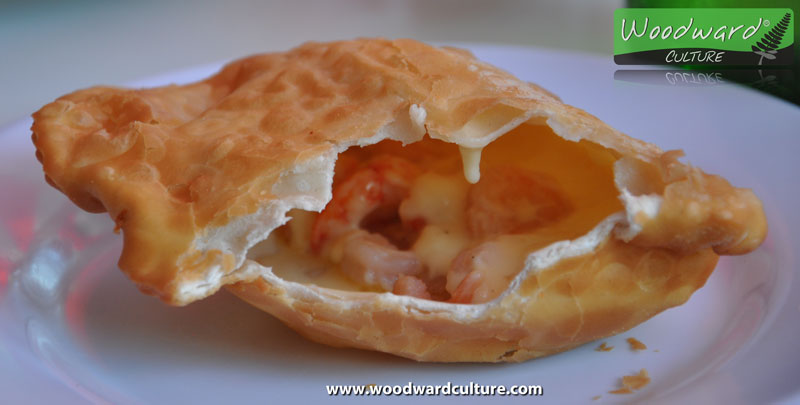
Tip 1. What is more Chilean than an empanada?
Nothing is more Chilean than an empanada. What is an empanada I hear you say? It is a type of turnover (pastry) with different types of filling. They are EVERYWHERE and the perfect snack.
The most common type of empanada is the empanada de pino which is filled with diced meat (or just mince in basic versions), onions, an olive or two, raisins and a piece of hard-boiled egg.
Closely behind in popularity is the empanada de queso, one that is filled with cheese as in you bite into it and there is a string of cheese still going from your mouth to the empanada in your hand.
Below is a photo of an empanada de queso camarón (cheese and shrimp empanada) that we bought in Concón, a beach town in the fifth region. Supposedly they sell the best empanadas in Chile there.
Note: If you have been to Argentina, you will notice that their empanadas are much smaller. You don’t want to order a dozen empanadas in Chile (as you might in Argentina) … unless you have lots of hungry friends nearby.
So basically, if you come to Chile, you MUST have an empanada … or twenty.
Tip 2. Chilean Salads
I still remember the first salad I had in Chile, which totally took me by surprise. My eyes watered, my jaw dropped and I cringed, all because they had put pure lemon juice on my salad. It was like the lettuce had bitten back. We don’t put lemon juice on our salads in New Zealand, if anything we put a dressing on it which is more on the sweet side than acidic. I actually don’t mind it now but when you aren’t expecting it, it can be a shock to the system.
The most traditional salad, which funnily doesn’t have that sharp lemon taste, is the ensalada a la chilena which literally translates as “Salad a la Chilean.” It consists of sliced tomatoes and onions with an oil dressing and pinch of salt. Sounds basic but is so yummy! (Photo below)
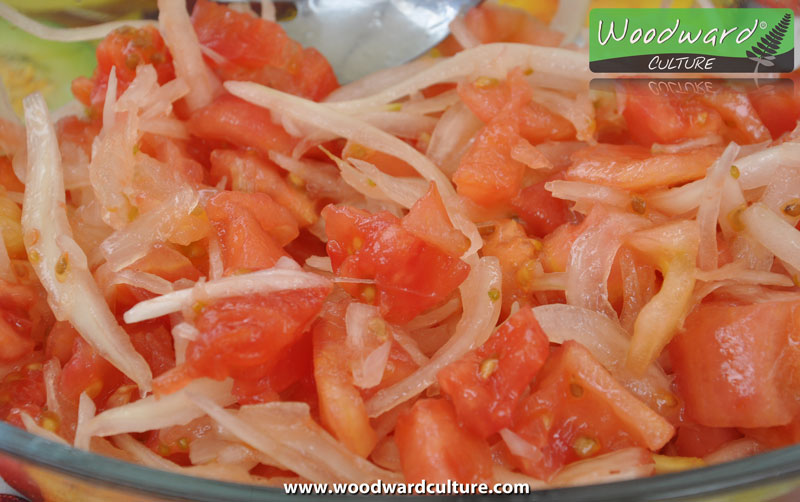
Tip 3. Chilean Seafood
Chile, with its long coastline, is proud of the large variety of seafood it has available. Problem is that this is true mostly outside of Santiago. (What do you expect, it’s not a coastal city – in fact 900m above sea level). To try the best seafood in Chile, you will need to go to the local fish markets down at the wharves of coastal towns for the freshest and most interesting variety. Remember that the shellfish should always be cooked unless you don’t mind being hospitalized for intoxication. (Doesn’t always happen but it is better to be safe than sorry)
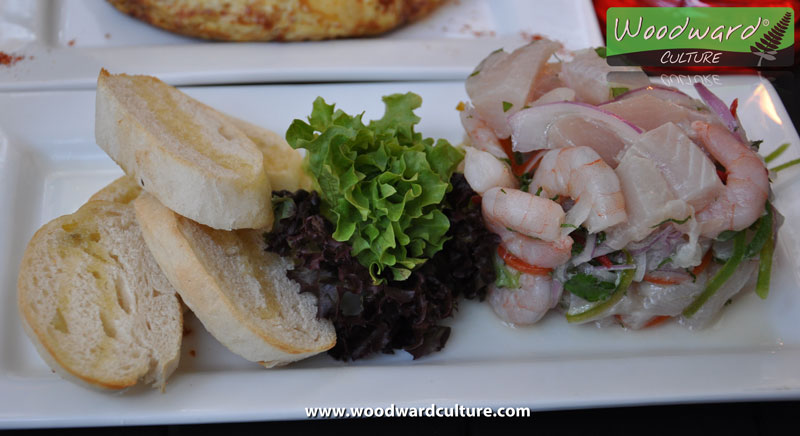
Tip 4. Chilean Fruit and Vegetables
You will find that the best fruit and vegetables get exported and Chileans are left with the non-exportable dregs at the supermarket. I used to cringe at the bruised and blemished fruit on display that make it look like they are already half-rotten. I’ve had better Chilean fruit OUTSIDE of Chile (looking at you, you sexy grapes)
Probably the best place to buy your fruit and veggies is NOT at the supermarket but at the local Ferias or temporary markets that line a street for the day in different neighbourhoods. The produce on display is usually quite good and much cheaper than the supermarket.
Another alternative in Santiago is the famous La Vega which is across the river from the Mercado Central (Central Market) at the Cal y Canto Metro Station. Prices are cheaper than the supermarket, the fruit is of better quality and there is also more variety. I used to go to La Vega all the time when I lived downtown.
You must remember to wash AND peel all fruit and vegetables. If the locals do it, you had better too. Also make sure you check the lettuce for any creepy crawlies.
Tip 5. Chilean Bread
What Chileans normally have are Hallullas (disc-shaped bread) or Marraquetas (a roll that’s fluffy inside) that are baked that same day. I find the loaves of sliced bread drier and sometimes a little stale (yes, I do check the dates) since they aren’t a normal part of the Chilean diet and sit on the shelf for a longer period of time. Why would you want a boring loaf of bread when you can have hallullas or marraquetas? Definitely have some of these when you are in Chile.
Tip 6. What is Manjar?
No, it’s not a jar filled with diced up men. Manjar is a sweet brown caramel spread that is used in almost every dessert or pastry that you will find in Chile. It’s nice at first though can become sickly after the first ten kilos or so. You are guaranteed to come across this while you are here so give it a try.
Tip 7. Chilean Street Food
My iron-clad stomach allows me to eat off the street though I wouldn’t recommend it to foreigners that are new to Chile unless they want to pass a couple of days hugging a toilet bowl.
A typical food found on the streets are Sopaipillas. A sopaipilla is a flat circular fried bread made from pumpkin and flour and are best when smothered in Pebre (see photo below) or mustard. The sopaipillas stands are great in winter. You can find many of them on corners down in the center of the city and again the locals themselves say I shouldn’t eat at them since they are a health risk. Fortunately I have never had a problem and used to actually look forward to them after work.
By the way, you really should try Pebre – maybe not on the street but you are often given a little dish of pebre at restaurants.
Pebre consists of diced tomatoes with chopped onion, chilli, coriander, and garlic. Usually served in a little clay dish.
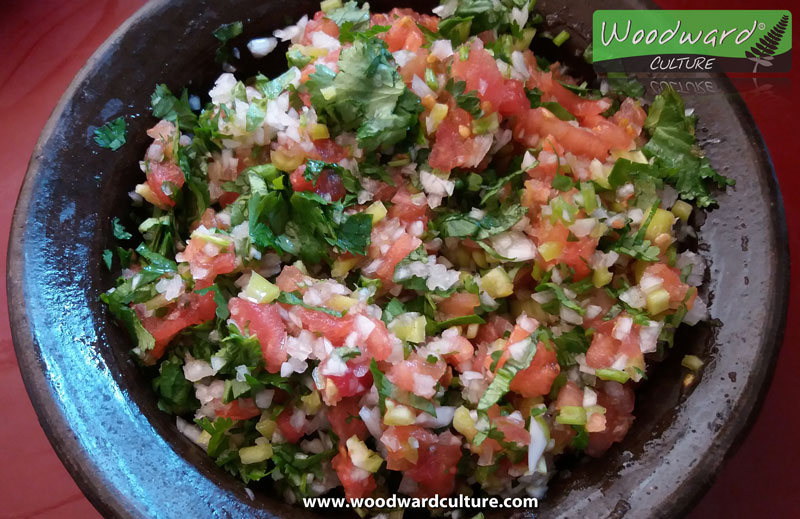
Tip 8. Chilean food isn’t spicy – but add Ají
Typical Chilean food is NOT spicy. You may however come across some ají (chilli peppers). More often than not it is available as a hot and spicy red sauce in a plastic bottle on the table (especially at a cheaper restaurant or place to eat – which I tend to frequent) but if you are lucky, you might get the actually long chilli peppers on a plate for you to cut up or bite off in pieces. The flavors are completely different so you might want to try both … just for the experience.
Also, if you do like things just a little spicy, then definitely try the local spice called Merkén (sometimes written as merquén). Originally it was used by the Mapuches in the South of Chile (Araucanía region) and it consists of ground-up ají (those chili peppers again) that have been smoked (in the cooking sense – not that other disgusting way). In general Merkén isn’t a hot spice but if you love that type of thing, it just leaves a little “taste” in your mouth. (See our photo of Merkén on a plate below)
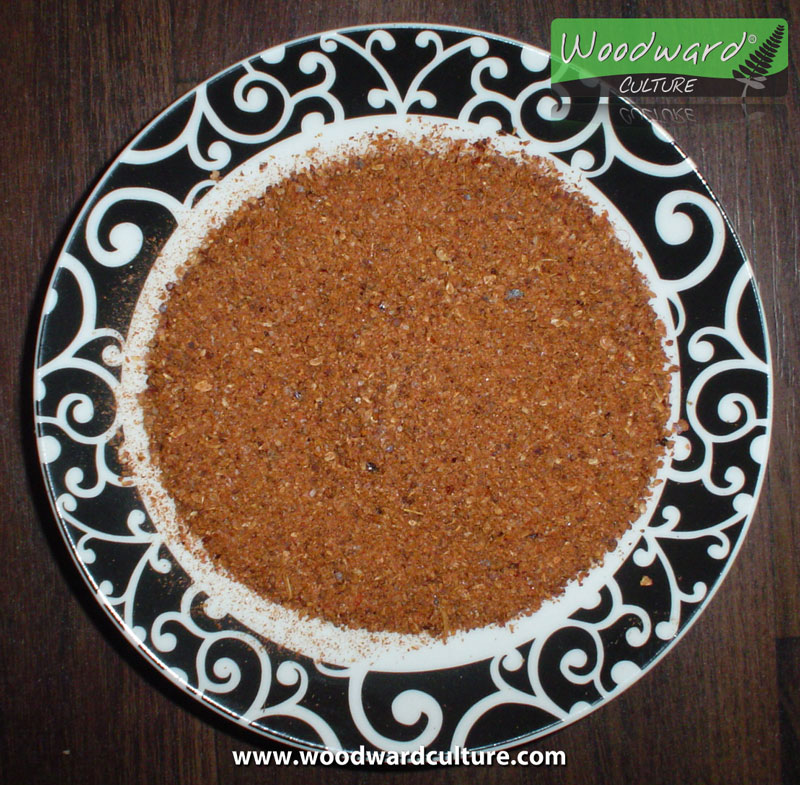
Also note, it’s hard to find a decent curry in Chile, even at ‘Indian’ restaurants since they are normally run by Chileans. Curry here is very mild, sometimes bordering on the sweet side at times. If you like hot burn-you-mouth-and-your-butt curries, you may have to bring your own jar of it. But why would you want a curry anyway … enjoy the Chilean food!
Tip 9. Chilean Fast Food
Like the rest of the unhealthy world, Chileans love their fast food. You can easily get your doses of MierDonalds (a play on words for those that know Spanish), Pizza Hut, KFC etc. as well as Starbucks for your caffeine cravings. But why travel thousands of miles to eat something you can get back home? Chile does have its own fast food places, which you are better off trying, like Fuente Alemana (yes, that mean German Fountain – but it has lots of Chilean classics) or in Plaza de Armas (main square downtown Santiago) where you have the stand up bars that serve completos a type of hotdog. My favourite type of completo is the italiano which has the sausage in a bun but with avocado, tomato and white mayonnaise, like the colors of the Italian flag.
Tip 10. Would you like some salt on your salt?
What amazes me is that many Chileans automatically put salt on their food before they have even tried it! What’s with that? Are they already assuming that it’s tasteless? (And we’re not talking about just when I cook.) The thing is, when you watch them cook, they will try and shake the life out of the salt shaker so there’s plenty of it already in the food.
Tip 11. My favourite Chilean dish
Since I am a carnivore, my favourite dish is Bife a lo Pobre or ‘Poor Beef’. It is anything but poor and if you are seriously hungry, it is guaranteed to fill you up. It contains steak smothered in caramelized onions, fries and a couple of fried eggs on top. Not the best for your cholesterol but oh so yummy! The ones they make at Eladio restaurant (in Providencia) are divine.
Of course, I quite like my empanadas too. (Photo below)
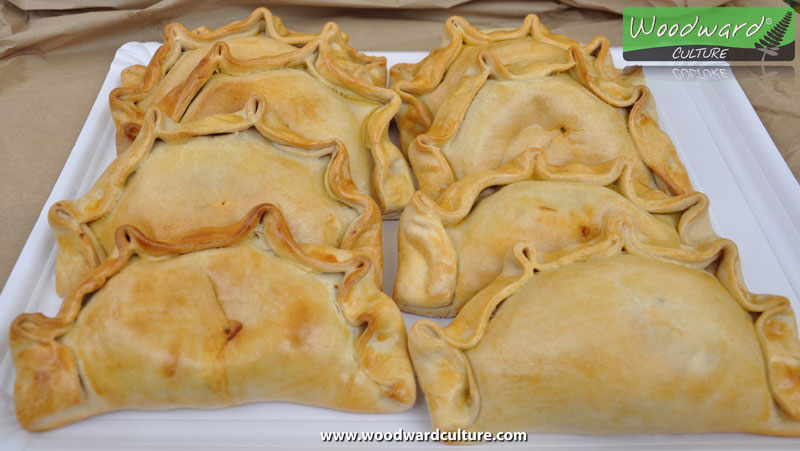
For a complete list of Chilean Food with its name in Spanish and what it is in English, check out: Typical Chilean Food.
What’s your favourite Chilean dish?
Do you have any more tips to share?

